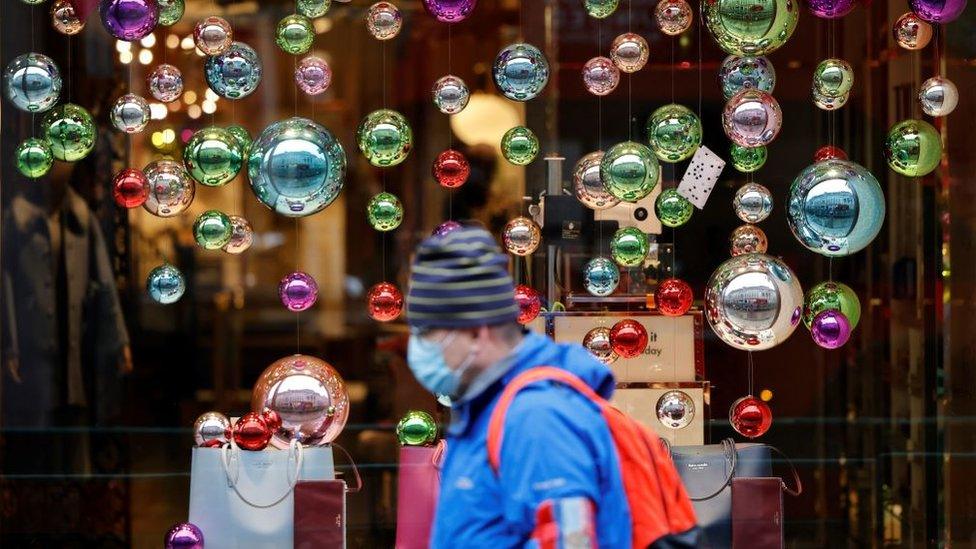Covid-19: Tougher post-lockdown rules 'strike a balance', says PM
- Published
- comments
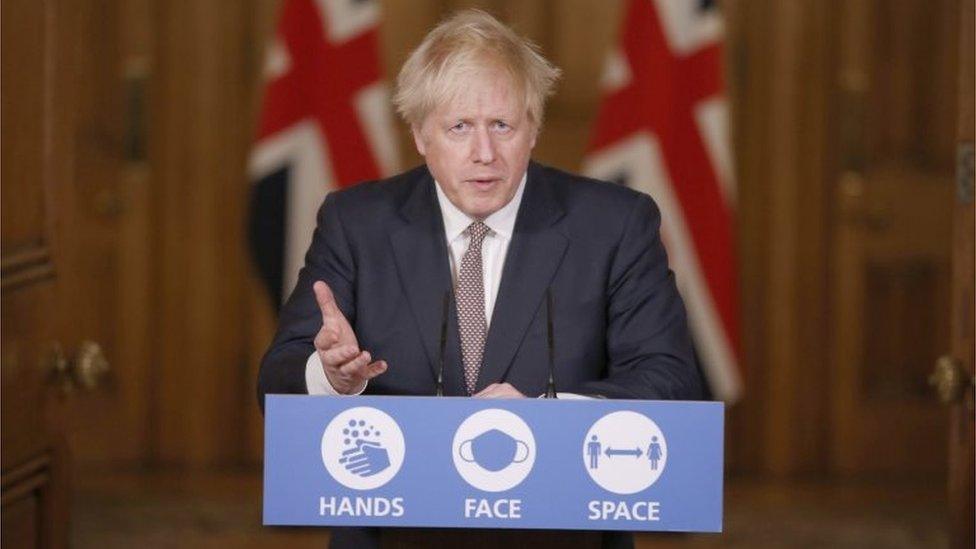
Tougher rules for England will "strike a balance" when the national lockdown ends next week, Boris Johnson has said.
At a Downing Street briefing, the PM acknowledged that the stricter three-tiered system of regional measures to tackle coronavirus would bring "heartbreak and frustration".
But he said "your tier is not your destiny" and stressed that "every area has the means of escape".
Most of England will be in the toughest two levels of measures from 2 December.
The system will be reviewed every two weeks, with the first review scheduled for 16 December - so an area's tier level may change before Christmas.
However, it means 55 million people will remain banned from mixing with other households indoors after the lockdown ends.
More than a third of England's population, including large parts of the Midlands, North East and North West, as well as Kent, will be in the highest level - tier three.
And the majority of places are in the second highest level - tier two - including London, and Liverpool city region.
The Isle of Wight, Cornwall and the Isles of Scilly - where there have been no recorded cases in the past week - will be the only areas of England in the lowest level of curbs - tier one.
The new tier restrictions will be voted on by MPs next week, with a revolt already brewing among the government's own backbenchers.
Meanwhile, hospitality bosses have warned the sector will be "decimated" by the new tiers.
On Thursday, another 498 deaths within 28 days of a positive test were reported in the UK, and a further 17,555 positive cases, the latest figures showed., external


The prime minister warned that easing off risked "losing control, casting aside our hard-won gains and forcing us back into a new year national lockdown".
He said there was "no doubt the restrictions in all tiers are tough" but admitted previous tiers "were never quite enough".
The new approach was "designed to reduce" the R number - the average number of people an infected person will pass the disease on to - "below one", he added.
Mr Johnson said mass community testing would be offered to tier three areas "as quickly as possible" and hailed Liverpool City region as a "success story", where mass testing had brought the area down to tier two.

England's new tiers - reaction

The BBC's political editor Laura Kuenssberg asked the PM to clarify "what was the point" of the second national lockdown, if more people were facing tougher rules than before it began.
Mr Johnson insisted this was "not continuing the lockdown".
"Across all tiers, shops will be open, hairdressers, personal services will be open, gyms will be functioning, places of worship will be open for communal worship as well, so this is a very different thing," he said.
The PM added: "And I'm convinced that by April things genuinely will be much, much better."

Consensus wearing thin

Some cold hard truths are emerging about the government's approach to controlling coronavirus.
Much about today's announcement was familiar.
A promise of hope on the horizon followed by a dose of reality about the spread of the virus and tough measures taken as a result.
But months on from the arrival of Covid-19, the once solid political consensus over the response to the pandemic has worn thin.
Now new measures are met with Conservative MPs up in arms and cutting criticism from the opposition.
But wearily, reluctantly, the prime minister has clearly priced all that in and come to the view that tighter restrictions are needed for many more months before things can even begin to get back to something like normal.

Meanwhile, the UK government's chief medical adviser Prof Chris Whitty and its chief scientific adviser Sir Patrick Vallance have warned against hugging and kissing elderly relatives this Christmas.
Speaking at the news conference, Prof Whitty said people's behaviour at Christmas would "matter a great deal" this year.
"Would I encourage someone to hug and kiss elderly relatives? No, I would not," he said.
"It's not against the law. You can do it within the rules that are there, but it does not make sense because you could be carrying the virus."
Sir Patrick echoed his remarks, saying "hugging elderly relatives is not something to go out and do" over the festive season.
Prof Whitty also said tier two would "hold the line" but not bring cases down - prompting scepticism from Conservative MP Mark Harper about the PM's claim that "your tier is not your destiny".
Mr Harper, whose Forest of Dean constituency is in tier two, tweeted: "Unfortunately, just after the PM said this, Chris Whitty, the chief medical officer, said tier two would only hold infections level, and tier one would see them go up.
"That rather suggests if you're in tier two, it is your destiny - at least until the spring."

MASS TESTING: Where is it available?
FACE MASKS: When do I need to wear one?
TESTING: How do I get a virus test?

Differences between the new tiers include restrictions on where households can meet up:
tier one: the rule of six applies everywhere, indoors and out
tier two: the rule of six applies outdoors but there is no household mixing anywhere indoors
tier three: can only meet other households in outdoor public spaces like parks, where the rule of six applies
Gyms and close-contact beauty services like hairdressers will be able to open in all tiers. People in all tiers who can work from home, should continue to do so.
Pubs in tier two can only open to serve "substantial meals", while those in tier three can only operate as a takeaway or delivery service.
Decisions on tiers are based on public health recommendations informed by a series of public health data, including Covid-19 cases among the over-60s, positivity rates, pressure on the NHS and how quickly cases are rising or falling.
BBC analysis shows a north-south divide in England when it comes to restrictions:
75% of people in the the North (the North East, North West, Yorkshire and Humber) are in tier three, with 25% in tier two
73% of the Midlands (the East Midlands and West Midlands) are in tier three, 27% in tier three
10% of the south (the South West, South East, East and London) are in tier three, with 87% in tier two and 2.5% in tier one
Devolved administrations in Scotland, Wales and Northern Ireland have the power to set their own coronavirus regulations, though all four UK nations have agreed a joint plan for Christmas.
Earlier, data from the Office for National Statistics showed coronavirus infection rates in England were continuing to show signs of levelling off.

BRAND NEW DRAMA 'WE ARE WHO WE ARE': A show about first love and the messy, confusing exhilaration of being a teenager. From the director of Call Me By Your Name.
HOW TO VACCINATE THE WORLD: Who should be at the front of the queue for a vaccine? Those with the greatest need or the highest bidder?

- Published26 November 2020
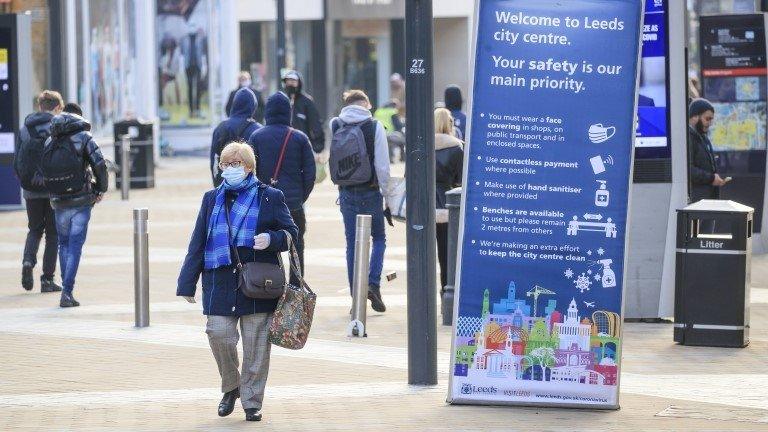
- Published1 July 2022
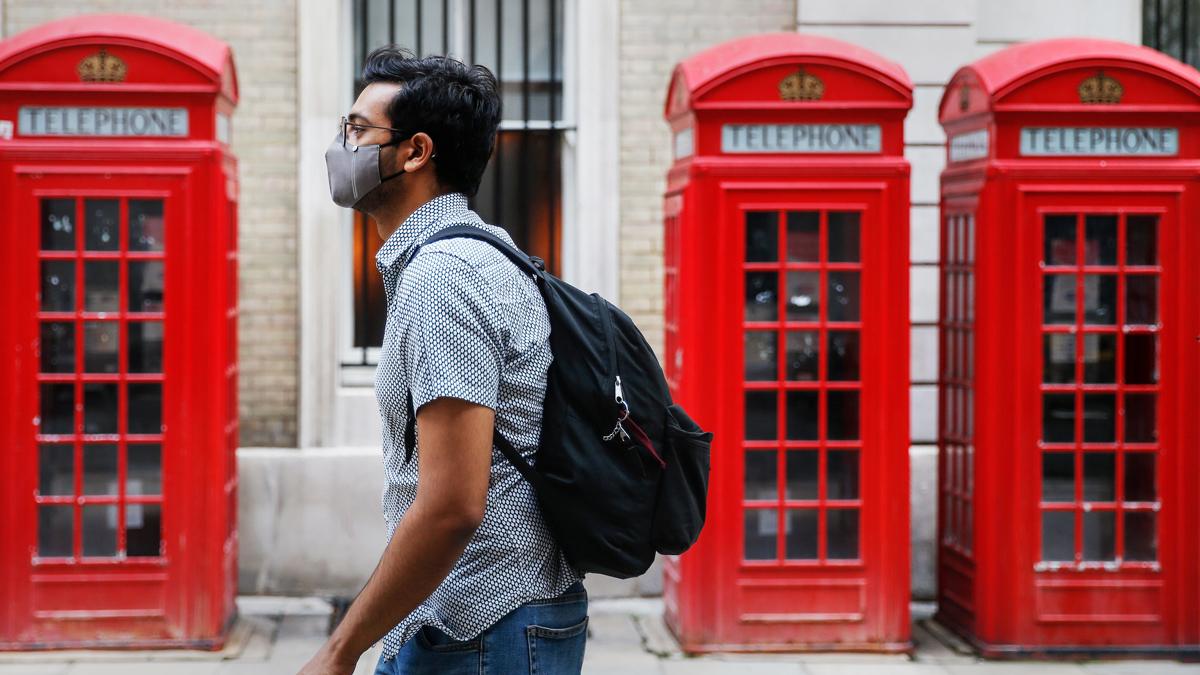
- Published26 November 2020
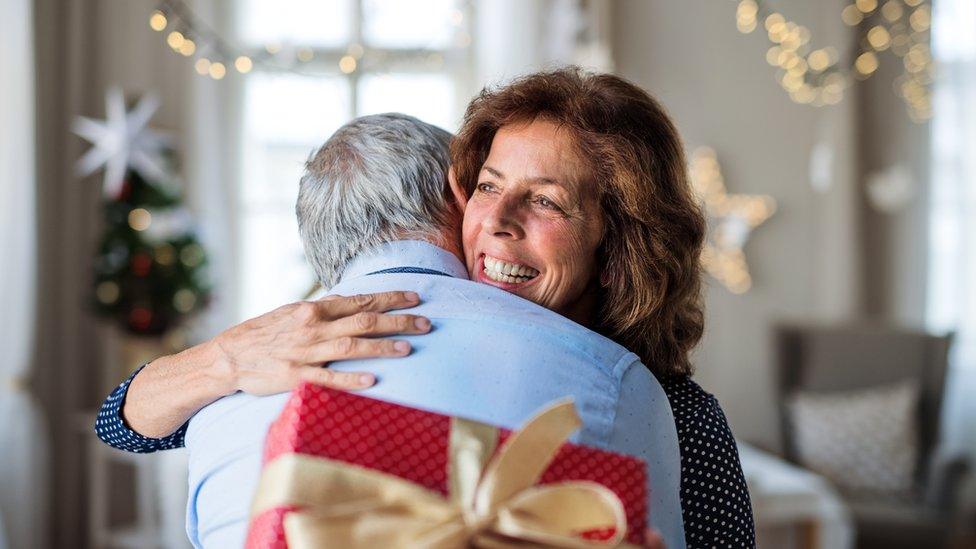
- Published22 November 2020
